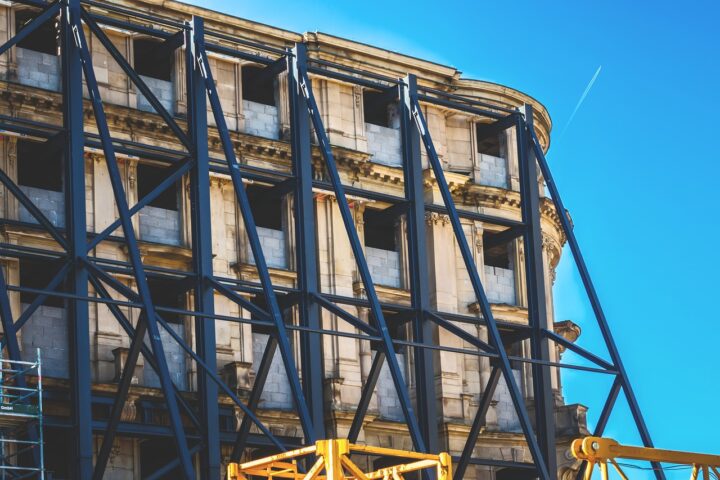The importance of an energy-friendly renovation
Renovations can be really useful for changing the design and update the facilities of homes, offices, and other structures but they can also be a critical component in reducing carbon emissions and tackling energy poverty.
Still, the decarbonisation of Europe’s building stock is a major challenge. Buildings account for 40% of the EU’s total energy consumption and 36% of CO2 emissions. Already in 2020, the European Commission stressed that building renovations “could reduce the EU’s total energy consumption by 5-6% and lower carbon dioxide emissions by about 5%[1].”
Due to that, EU has taken many measures for reducing the CO2 emissions and boost renovations towards energy efficiency, by publishing the strategy “A Renovation Wave for Europe – Greening our buildings, creating jobs, improving lives”. The strategy is focusing in 3 areas: tackling energy poverty and worst-performing buildings, public buildings and social infrastructure, decarbonizing heating and cooling[2].
The EU has underlined the importance of efficient renovation, as investing in buildings can also boost the construction ecosystem and the broader economy. Renovation activities can create jobs and investments, generate demand for highly energy and resource-efficient equipment and bring long-term value to properties. In fact, by 2030 an additional 160.000 green jobs could be created in the EU construction sector through a renovation wave[3].
What are the benefits for the occupants?
Energy-efficient homes have a significant number of benefits. To begin with, these types of homes can operate with lower costs, are more comfortable to live in, and are more environmentally friendly. That means that energy-efficient buildings offer opportunities to save money and, at the same time, reduce greenhouse gas emissions. Occupants can also consider making some investments that will support them tp upgrade their homes and help them reduce their electrical bills costs in the future[4].
What BEYOND has proposed?
Partners have developed the Renovation Optimisation Support Tools (ROST) that aim to facilitate the accurate energy-efficient design of buildings towards optimized investment decision-making when renovating the building. The respective tool utilizes occupants’ behavior and comfort profiles and introduces them to iterative simulation loops of alternative renovation scenarios of selected buildings. The tool provides a visualization / a list of building energy renovation solutions in use/actions made (e.g., windows change, energy assets) and simulates different renovation scenarios against different parameters such as energy performance improvement needs, occupants’ comfort profiles, budget, payback time, etc. The functionalities described and many more are available for users to use and benefit from.
References
[1] https://www.euractiv.com/section/energy-environment/news/report-renovating-eu-houses-could-save-44-of-energy-for-heating/
[2] https://energy.ec.europa.eu/topics/energy-efficiency/energy-efficient-buildings/renovation-wave_en
[3] https://eur-lex.europa.eu/resource.html?uri=cellar:0638aa1d-0f02-11eb-bc07-01aa75ed71a1.0003.02/DOC_1&format=PDF
[4] https://www.euractiv.com/section/energy-environment/news/report-renovating-eu-houses-could-save-44-of-energy-for-heating/






